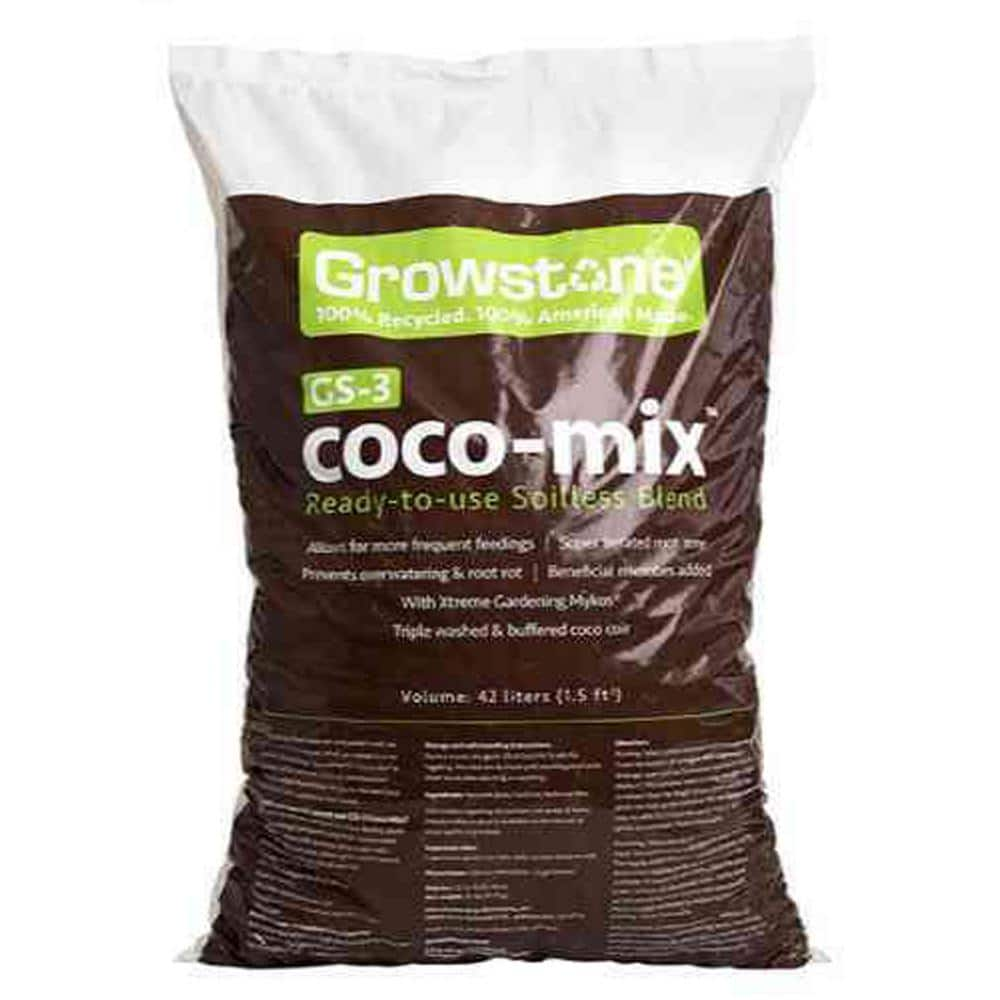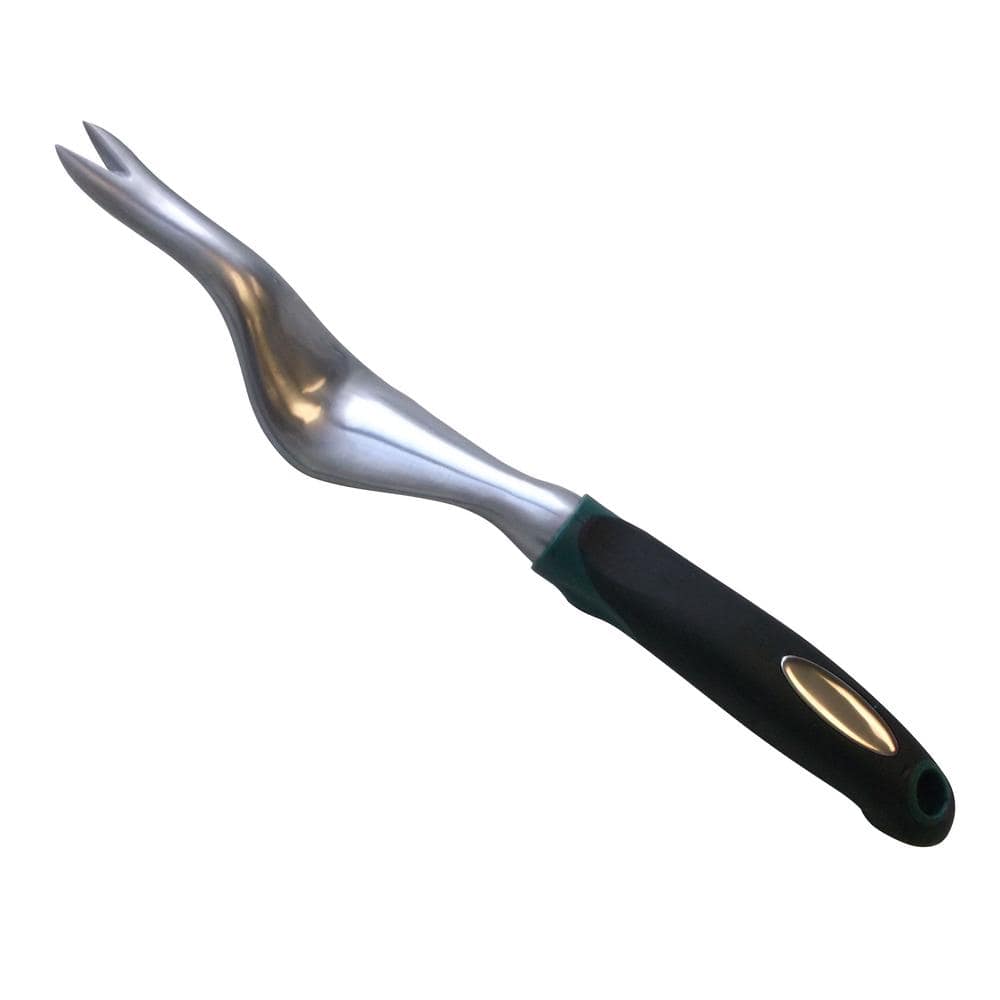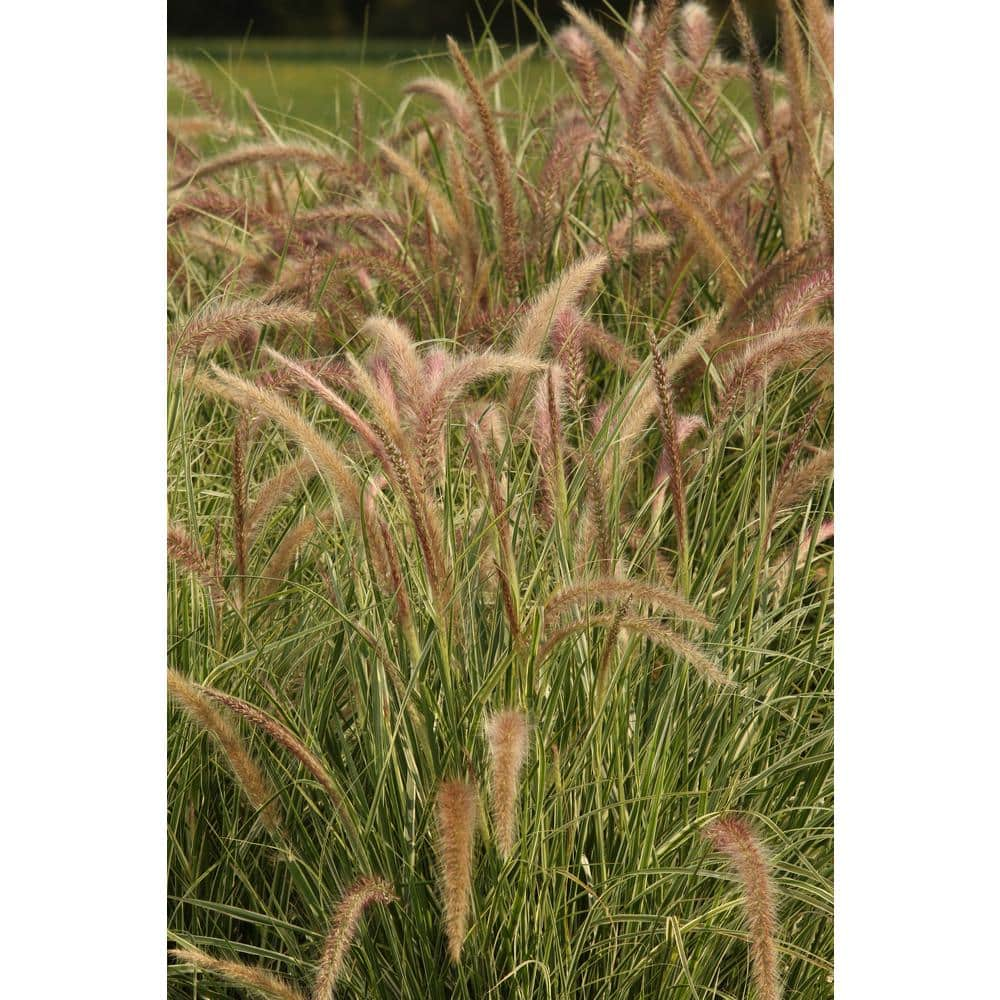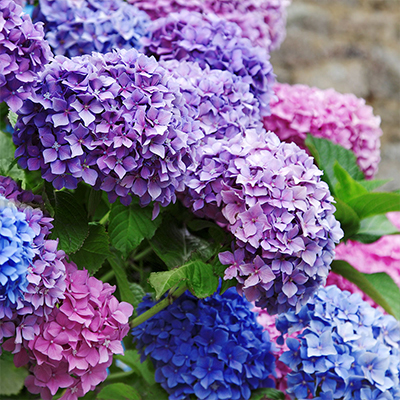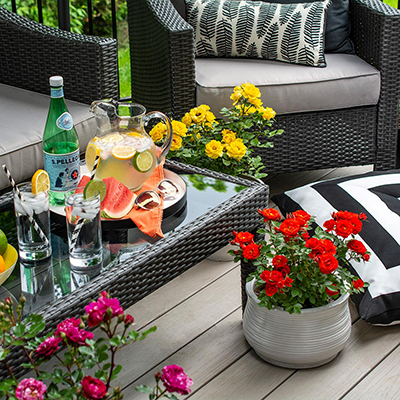Summer Outdoor Gardening 101
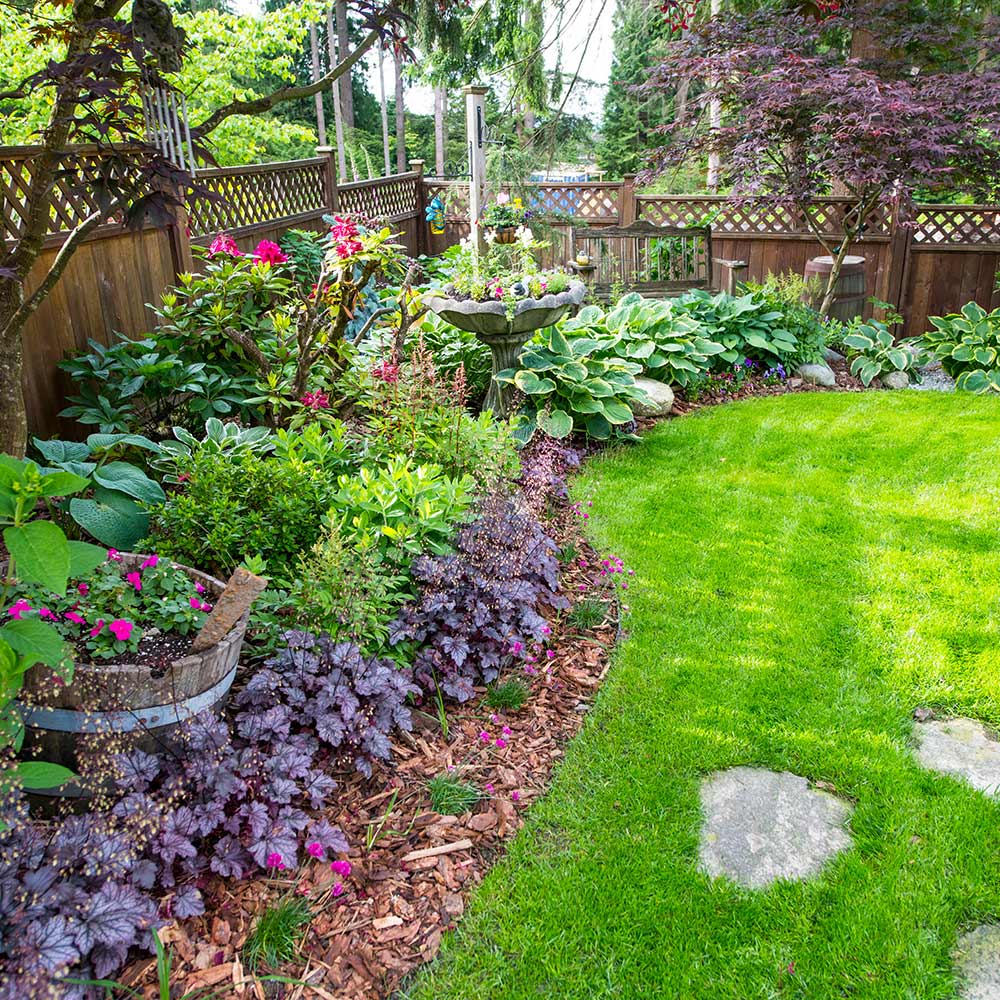
Last updated September 7, 2023
Long summer days are for being outdoors. Start gardening in summer to improve your landscape and enjoy beautiful plants in your yard.
Your outdoor space may be a balcony or patio, still, you can grow plants this summer. In this guide, learn how to get started outdoor gardening in summer.
Table of Contents
Site and Light
Create Garden Beds
Plan to Water and a Place for Tools
Know Your Soil
Right Plant, Right Place
Summer Garden Care
Site and Light
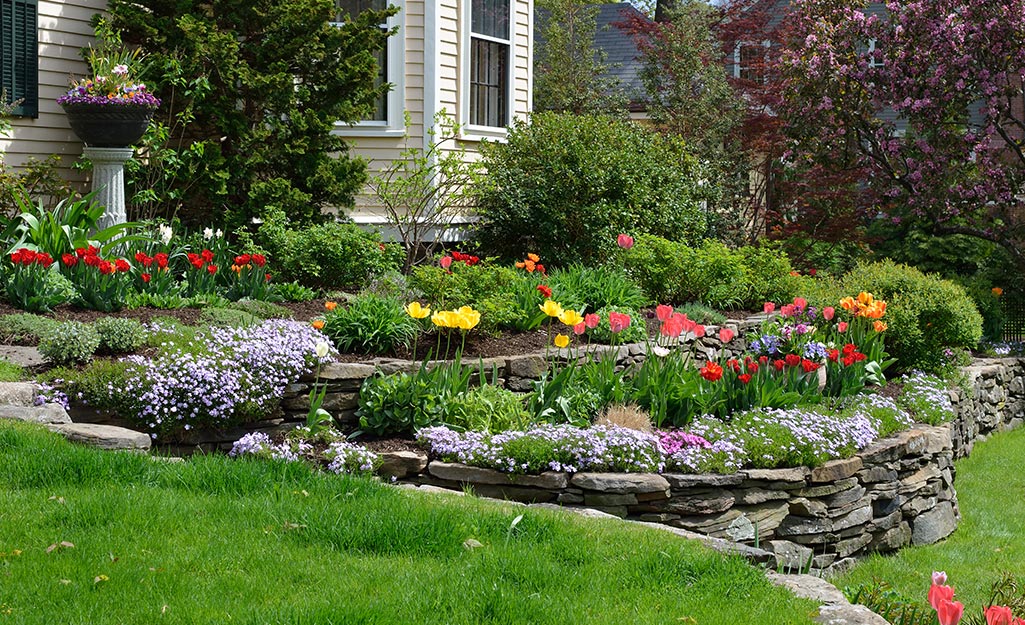
You’ll get the most out of your garden this summer when you plant for your yard’s site and light. Big or small, every yard has its own micro-climates. Get to know your site and light for garden success.
First, let’s define sun and shade terms:
- Full sun: 6 or more hours of sunlight a day
- Part sun: 4 to 6 hours of sunlight
- Part shade: 2 to 4 hours of sunlight
- Full shade: 2 hours or less of sunlight a day. Full shade is often on the north side of a house and under deep tree canopies.
In the Garden Center, read plant tags to learn the best plants for your garden. Plant tags include symbols for full sun to full shade conditions.
Get a complete picture of your garden’s light when you observe through the day and across the seasons. Remember, morning sun is cooler than afternoon sun. Most shade-tolerant plants prefer morning sunlight as direct afternoon sun is often harsh.
An example of a full sun site is a south-facing flower bed with 6 hours of sunlight. Plant tough perennials like coreopsis and coneflower in full sun garden beds. In filtered light, choose from a different group of plants like shade-loving hosta and heuchera.
Create Garden Beds
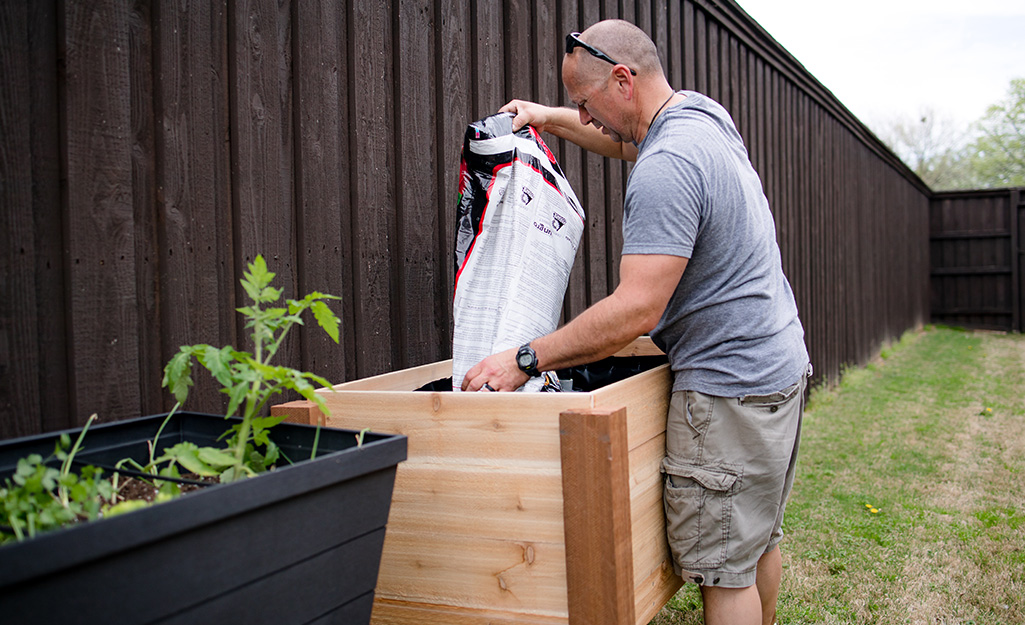
Flower borders can be narrow or wide, usually 2 feet up to 8 feet. A wider flower border offers more freedom to layer plants in clumps for a cottage garden look. Remember, you'll need access to prune, deadhead or divide plants. Stepping stones through the garden bed give you room to maneuver while you care for your garden.
Raised garden beds make gardening easy. If you have problem soil, like heavy clay, raised garden beds let you nurture healthy soil that sets your plants up for success. There’s a wide variety of raised garden beds for home gardeners. You can make your own from lumber, or purchase kits. Look for keyhole gardens with a built-in composter pocket. Organic inputs like vegetable peels decompose and in turn, nourish the plants growing in the garden bed.
Whether you have a raised bed or in-ground bed, make sure you have well-draining soil. A swampy site is good for water-loving plants, but most perennials like dry feet. Take care of drainage problems in your site before planting.
Plan to Water and a Place for Tools
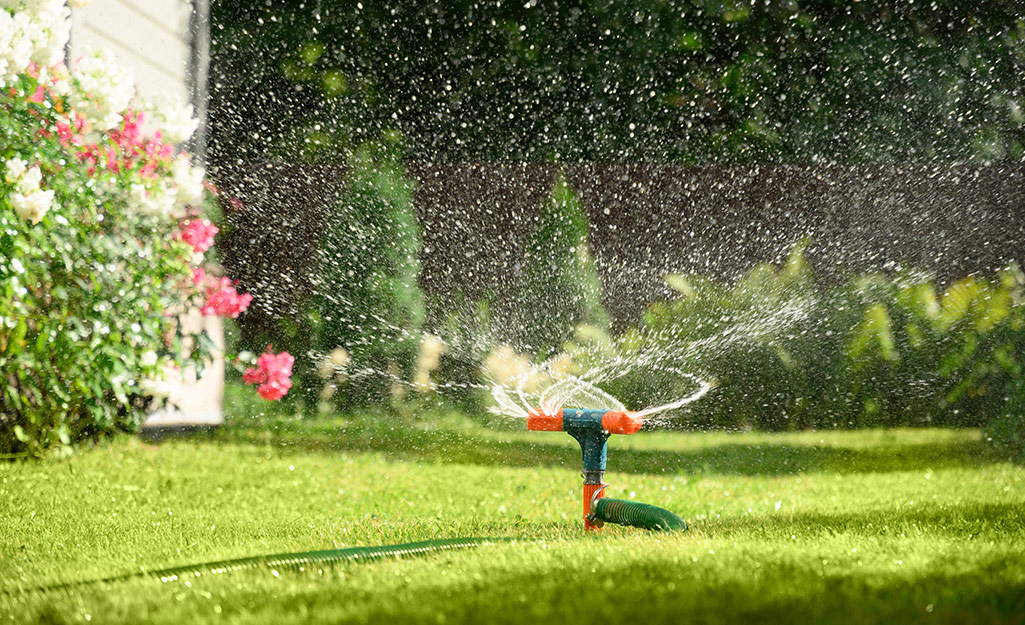
Consider how you will irrigate your new garden. Is a garden hose nearby? Watering by hand is effective. You’ll find that an irrigation system makes gardening easier in summer. Learn more about drip irrigation systems.
Try sprinklers to help get newly planted garden beds established.
Tips for purchasing sprinklers:
- Newly planted beds need oscillating or whirling sprinklers. They put out small droplets that moisten the soil without compacting it.
- For established gardens, choose pulsating sprinklers. They cover more space with less water pressure.
- For young fruit trees and newly planted shrubs, choose a bubbler-type sprinkler for its deep watering abilities.
- Look for sprinkler systems and irrigation controllers featuring the WaterSense label. These items reduce overwatering and water usage.
- Hose timers save water, time and money in your garden. Hook one up and manage it manually or with your phone. Learn more about irrigation timers.
Rain barrels are an option for thirsty gardens. Collecting rainwater helps reduce your reliance on municipal water. Purchase rain barrels or make your own.
In hot weather, mulch safeguards plants from blistering summer heat. Layer mulch like lasagna, adding a couple inches to garden beds and planters. Mulch helps plants retain moisture, protects plant from diseases and controls weeds.
Keep your watering equipment and garden hand tools nearby in a garden shed or a potting bench. You can repurpose a mailbox to hold garden tools like trowels, snips and gloves. These weatherproof containers are perfect for keeping your tools handy and close to your garden.
Know Your Soil

Whether you're a new gardener or a seasoned pro, building better soil is the best thing you can do to improve your garden.
Good quality soil helps keep plants upright, channels water and oxygen to roots, and fuels growth. Garden soil needs good fertility and the right texture. Essential nutrients and correct pH levels help with fertility. Soil particles, cohesiveness and the ability to transfer water and air all affect texture.
Help your garden this summer by giving the soil what it needs. Start with a soil test available online or from your local Cooperative Extension Service. Amend soil with organic compost any time in the season – before planting, and again, midsummer, to give your plants a healthy boost.
Right Plant, Right Place

Fill your gardens, large and small, with plants that can handle the heat. Look for colorful flowers and bold foliage that please the eye. Bright colors attract pollinators that need a place to rest and soak up nectar.
Well-established plants develop root systems to endure heat stress. Busy gardeners take heart – late summer is not too late to plant flowers. As long as you can give them sufficient water for a few weeks while they’re getting settled, they'll be fine. Try setting heat-loving annuals in planters with a cozy foundation of well-draining potting soil.
Plants that love summer heat include:
- Calibrachoa
- Coleus
- Coneflower
- Coreopsis
- Daylilies
- Lantana
- Limelight hydrangeas
- Rudbeckia
Summer Garden Care
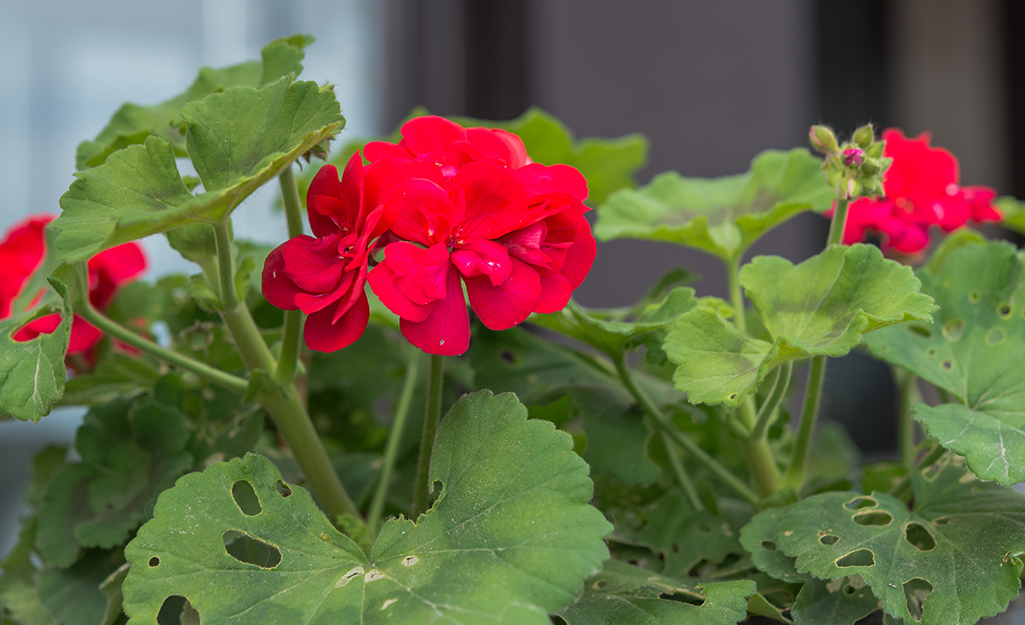
Take time in summer to prune, snip and deadhead spent flowers and vegetation. This practice encourages more growth, and helps you keep track of what’s happening in your garden.
You can cut the healthy flowers, too, and bring them inside to enjoy. Bouquets of fresh roses, hydrangeas and zinnias are always welcomed by friends, too.
Up-close time with your plants is helpful to discover problems before they get out of hand. Expert gardeners call it “scouting.” This means turning over leaves to see if there are insects or diseases on the undersides. Scouting works to spot bigger pests, like squirrels and birds, and find ways to deter them.
Plant Containers
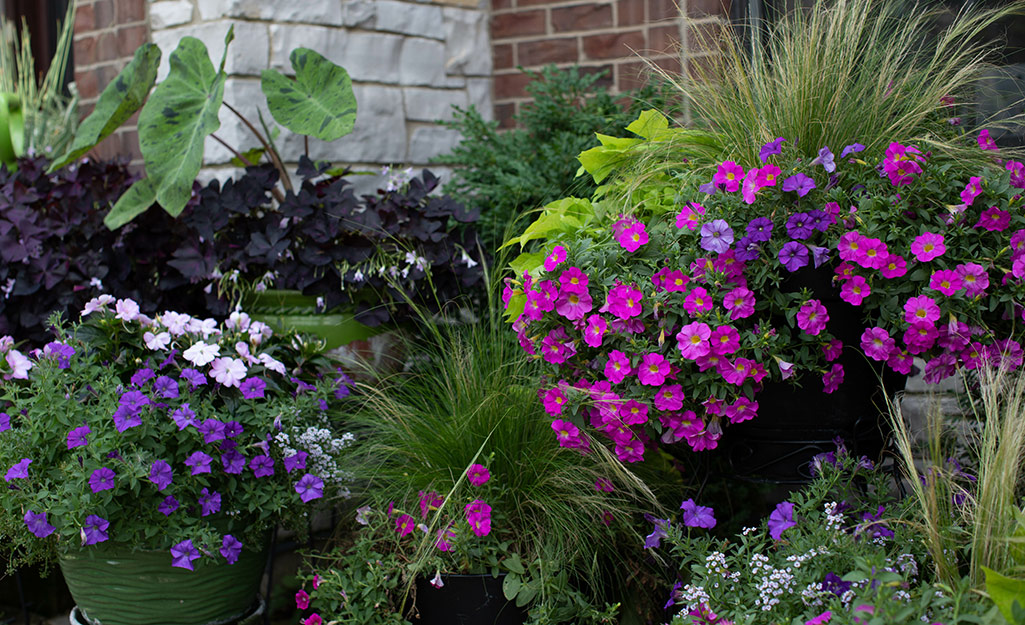
Container gardening is a great way to exercise your green thumb. Gardening in planters is perfect for small spaces and a great choice for gardeners with limited mobility.
The rule for planting in containers is if it grows in the ground, it will grow in a container. Just make sure the plants have plenty of good quality soil and that the container has drainage holes.
Add grow bags to your gardens this summer. Versatile grow bags are lightweight, sturdy fabric bags and come in a variety of sizes. Mix small grow bags with ceramic planters. Make large grow bags into raised beds.
Get inspiration for container gardens.
Start a Fall Garden

Midway through summer is the best time to start thinking about a fall garden. Vegetable gardeners sow sturdy greens and root crops in time for harvest before the first frost.
While you can’t deny the joy of planting in spring, there are advantages to planting in fall. Autumn’s cool, wet weather means a better start for trees, shrubs, bulbs and perennials.
Plant in fall to take advantage of milder weather. More rain and moderate temperatures equals less watering. When spring comes around again, your plants will be in the ground. They'll have established root systems and will be ready to grow when the sun hits them.
A bonus to fall gardening: supporting pollinators. Fall gardens support pollinators with food and habitat at the beginning and end of the season.
When you garden outdoors in summer, select the best site and nourish the soil. Choose annuals, perennials and shrubs that bring you joy.
Save time with The Home Depot Mobile Mobile App. We deliver online orders when and where you need them.



